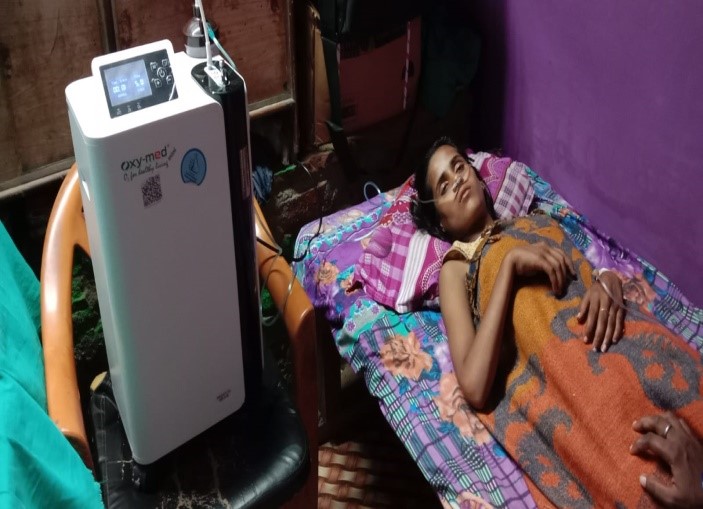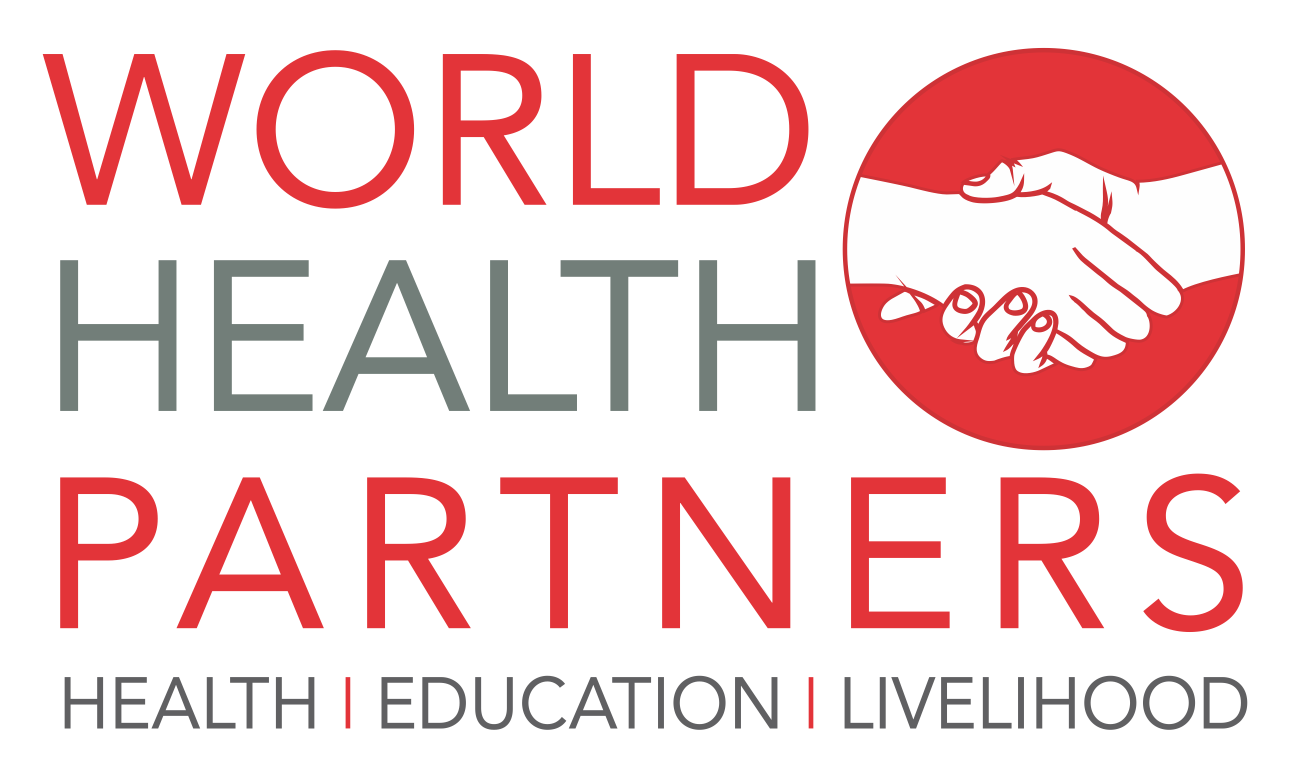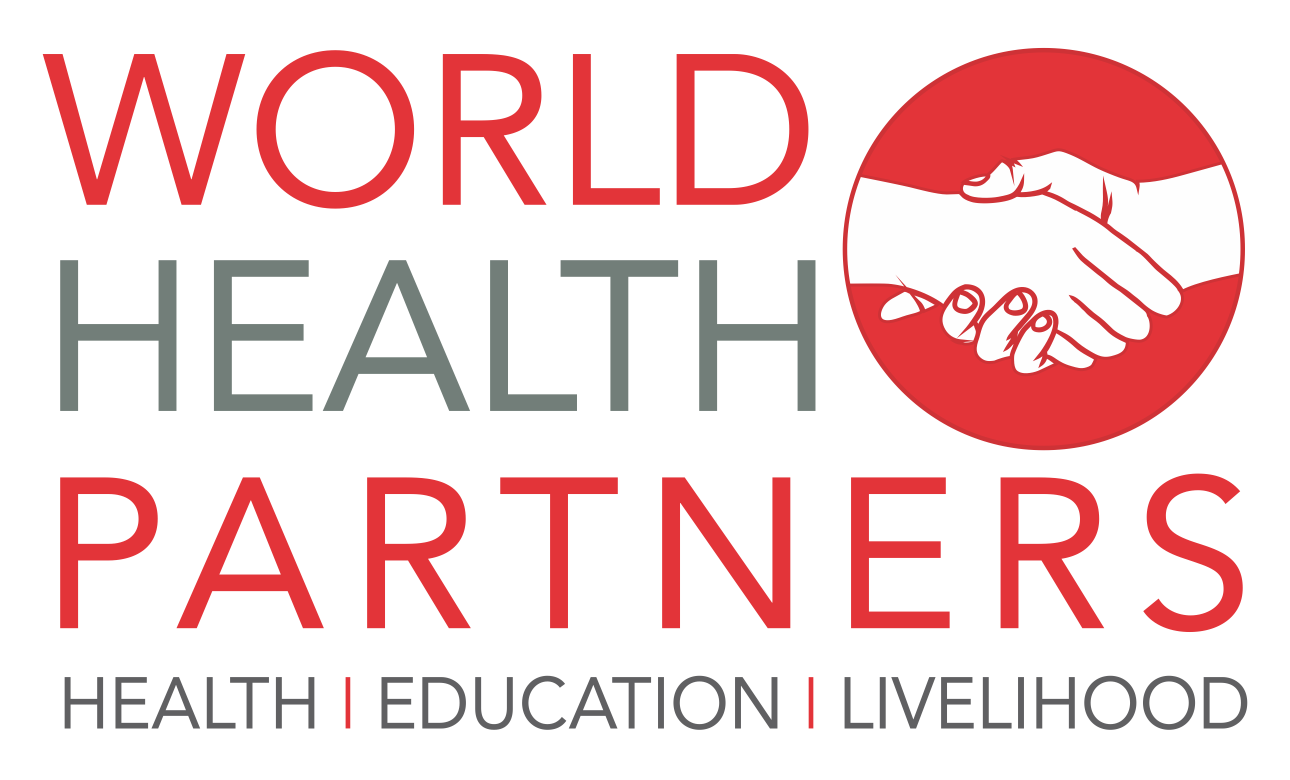COVID Emergency Response
O2 management among the vulnerable

With community spread feared to be the next and more dangerous phase of the virus and the lifting of the lockdown imminent, this initiative has also been readied for contact-tracing persons beyond their own locations. New tools such as mesh networking apps have been explored for this purpose. The initiative is also likely to be a precursor to a new normal in the post-lockdown period when only patients who need critical care will be called to facilities with the rest of them being treated in their own location in order to safeguard both the providers and patients.
The main strategy is to provide a care centre for persons exhibiting breathlessness so that oxygen saturation can be measured quickly and supplementary oxygen can be provided within easy access. Serious cases that need higher levels of care will be stabilised at the centres and referred.
Communication to the community will be crucial to ensure that the patients seek care as early as possible. While major part of the Rs 2.09 crore (≈USD 290,000) grant will be used for procurement of devices, a significant proportion of the remaining is earmarked for communication campaigns. The providers will be trained online using WHP’s already tried-and-tested teaching tools what have been extensively used earlier to train providers in Andhra Pradesh, Bihar and Gujarat.
The project continues to function well as the first line of management of breathlessness symptomatic of COVID and other respiratory illnesses through 489 points of eight districts in Bihar and in five slum pockets each of Ahmedabad and Delhi. A total of 163 entrepreneurial centers are being equipped with oxygen concentrators and 326 centers with pulse - oximeters in order to treating breathlessness as a symptomatic proxy for Covid. The telemedicine backend facilities of doctors in Delhi and Patna have been further expanded so that the rural centers, if required, can get Tele-consultation services more promptly.
In addition to availability of oxygen in the immediate vicinity, the centers are also equipped to connect with city doctors through a ruggedized tele-consultative system that can function with minimal infrastructure. The project area is home to 30 million population which accounts for a quarter of all rural population in Bihar. In Delhi and Gujarat, the coverage population is 16.6 million (11 million in Delhi and 5.6 million in Ahmedabad, as per census 2011).
The long-term plan is to use the devices for providing O2 therapy in the close vicinity for patients exhibiting respiratory distress related to asthma, pneumonia, acute respiratory distress syndrome and chronic obstructive pulmonary disease (COPD).
SUPPORT
The project is supported by Jump Trading Financial India, an arm of a multinational company which uses cutting edge research in global financial markets. WHP received a grant of Rs 2.09 crore ($290,000) over one year under Jump Trading’s CSR programme.
LESSONS AND RESULTS:
Until October 31, 2022 a total of 163 entrepreneurial centers have been equipped with oxygen concentrators and 326 centers with pulse-oximeters. A total of 1,01,265 patients visited rural centers with respiratory problems and 15,253 were administered oxygen through oxygen concentrators. Similarly, in the slums of Delhi and Ahmedabad, 29,452 patients were treated for respiratory problems of whom 4,535 were administered oxygen. Two communication vans equipped for high visibility and audio promotions started their campaigns from August 27, 2021 and cover 1,938 Bihar villages covered in 8 districts over five months. The communication campaign has stopped from month of February.
The most crucial lesson is that breathlessness is understood by the community as a condition that warrants attention. It is also common especially among the elderly and the very young. The project’s plan to focus on breathlessness to handle a variety of medical conditions instead of just Covid-19 seems to justified since the investments made in these communities can handle a range of respiratory problems even after the pandemic subsides.

